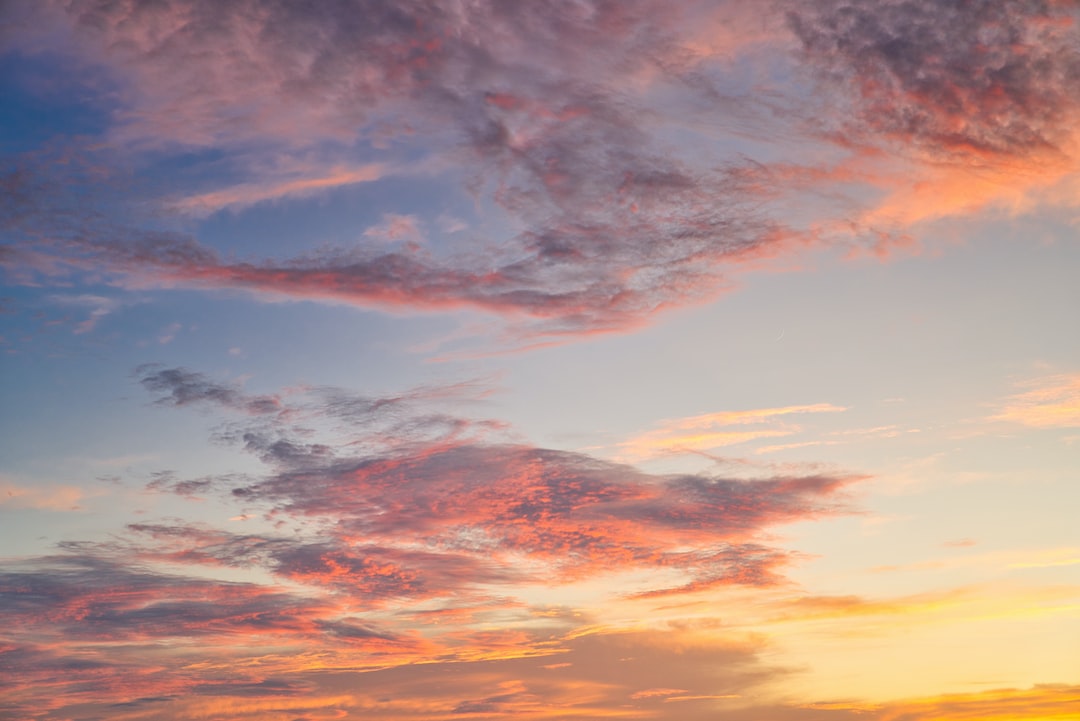If you are fascinated by the wonders of nature, then wildlife photography is the perfect way to blend your passion for both nature and photography. Capturing the beauty of these magnificent creatures in their natural habitat can be a thrilling and rewarding experience. Here are some wildlife photography tips to help nature lovers enhance their skills and capture stunning images.
First and foremost, it is crucial to do thorough research about the wildlife you intend to photograph. Learn about their behavior, habitat, and feeding patterns. This understanding will enable you to anticipate their actions and be prepared to capture those perfect shots.
One of the key elements of wildlife photography is patience. Animals can be unpredictable, and capturing the right moment requires endurance and perseverance. Spend time observing their behavior and know when they are most active. Early mornings and late afternoons are usually the best time for wildlife photography as the light is soft and the animals are more active.
Invest in a quality camera and lens. A telephoto lens with a focal length of at least 200mm is ideal for wildlife photography as it allows you to capture distant subjects without disturbing them. Additionally, invest in a sturdy tripod to avoid camera shake, especially when using telephoto lenses.
Understanding composition is essential in wildlife photography. Instead of centering your subject, try the rule of thirds. Position your subject off-center, aligning it with the intersecting lines of the imaginary grid. This will create a more visually appealing image and provide a sense of depth.
Learn to be discreet and blend in with your surroundings. Wildlife is easily spooked, and any sudden movement or noise may scare them away. Dress in neutral colors that blend in with the environment, avoid sudden movements, and use a telephoto lens to maintain a comfortable distance.
Patience and anticipation are key when it comes to capturing those magical moments. Keep your camera at the ready and be prepared to shoot quickly. Learn to anticipate the animal’s actions and be ready to press that shutter at the right moment.
Lastly, always prioritize the welfare of the animals you are photographing. Respect their space and follow ethical guidelines for wildlife photography. Avoid disturbing their natural behavior and never try to feed or touch them. Remember, the goal is to capture their natural beauty without interfering with their well-being.
In conclusion, wildlife photography is a mesmerizing form of art that allows nature lovers to explore and document the astounding beauty of wildlife. By following these tips and practicing regularly, you can enhance your skills and capture breathtaking images. So grab your camera, head out into the wild, and immerse yourself in the wonders of nature!

